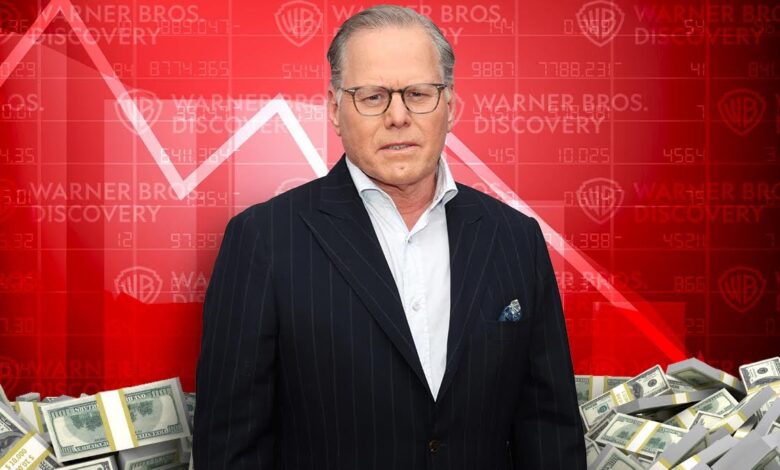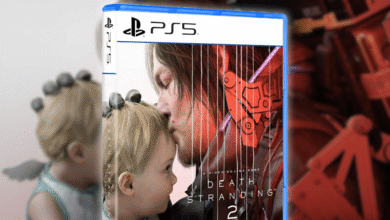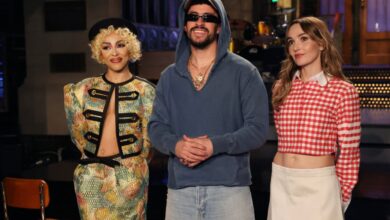Entertainment
Warner Bros. Discovery Restructures to Separate TV From Studios and Streaming

The company will “serve as the parent for two distinct operating divisions” in a move that could set up a potential spinoff

Warner Bros. Discovery announced plans Thursday to separate its linear TV from studios and streaming to create “two distinct operating divisions.”
The new strategy was revealed after Comcast said it planned to spin off its NBCUniversal cable networks into a publicly traded company. The new corporate structure aims to bolster its “strategic flexibility and create potential opportunities to unlock additional shareholder value.”
More to come …



